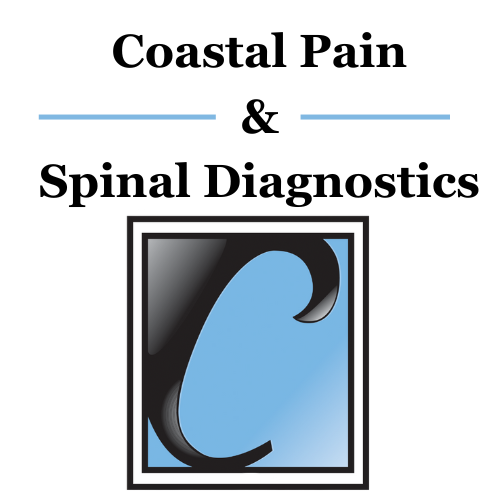 Facets, also known as the zygapophyseal joint, are the small joints located up and down the back of the spine. These joints protect the spinal cord by limiting twisting and side bending. As the human body ages the vertebral discs slowly lose height, thus we become slightly shorter as we get older. This transfers more of the body’s weight onto the facet joints perhaps causing accelerated degeneration and pain. Unfortunately, so called “Facet Syndrome” is an extremely common cause of back and neck pain.
Facets, also known as the zygapophyseal joint, are the small joints located up and down the back of the spine. These joints protect the spinal cord by limiting twisting and side bending. As the human body ages the vertebral discs slowly lose height, thus we become slightly shorter as we get older. This transfers more of the body’s weight onto the facet joints perhaps causing accelerated degeneration and pain. Unfortunately, so called “Facet Syndrome” is an extremely common cause of back and neck pain.
Patients with Facet Syndrome will often present with pain while twisting or leaning backwards. The pain usually does not travel beyond the buttocks. Facet degeneration can be seen on MRI’s and CT’s as bone spurs or bony overgrowth. However, not all patients with abnormal appearing facets on MRI’s will have Facet Syndrome and patients with normal MRI’s may still be suffering Facet Syndrome. The only true test, and at the same time treatment, is to inject the joint with local anesthetic and/or steroid. The injection is done with a thin needle after a local anesthetic is used to minimize pain. Sedation is available if the provider recommends it or upon request. The needle is guided into place using an x-ray unit (fluoroscope). Typically these injections take about 15-30 minutes to complete. Although it is not mandatory unless sedation will be given, please try to arrange for someone to drive you both to and from the appointment for your comfort. You will be given post-procedure instructions. These injections are typically done in two separate appointments. Gentle stretching as tolerated is encouraged after the injection.
It is important to keep track of your pain levels over the next 24 hours. You will be given a pain log to document you pain level every hour for 24 hours after your injection. If good pain relief is seen after the injections then your provider may recommend using a specialized needle to cauterize (sever, cut, inactive, etc.) the tiny nerves which transmit the pain from the facet joints. This procedure is known as a Radiofrequency Neurolysis, or RF for short. These nerves service only the facet joints and can be safely inactivated without other consequences; that is there will be no noticeable weakness, numbness, etc. after the procedure. This procedure has been performed in this country for more than a decade with the fluoroscope to ensure only the facet nerve is treated. This procedure is considered so benign that in Europe no test injections are performed, they proceed with the RF procedure from the beginning.
Rare side effects include bleeding, infection and nerve damage.
The beneficial, pain relieving effects of the injection can usually be felt anywhere from a few hours to a week after the injection.
